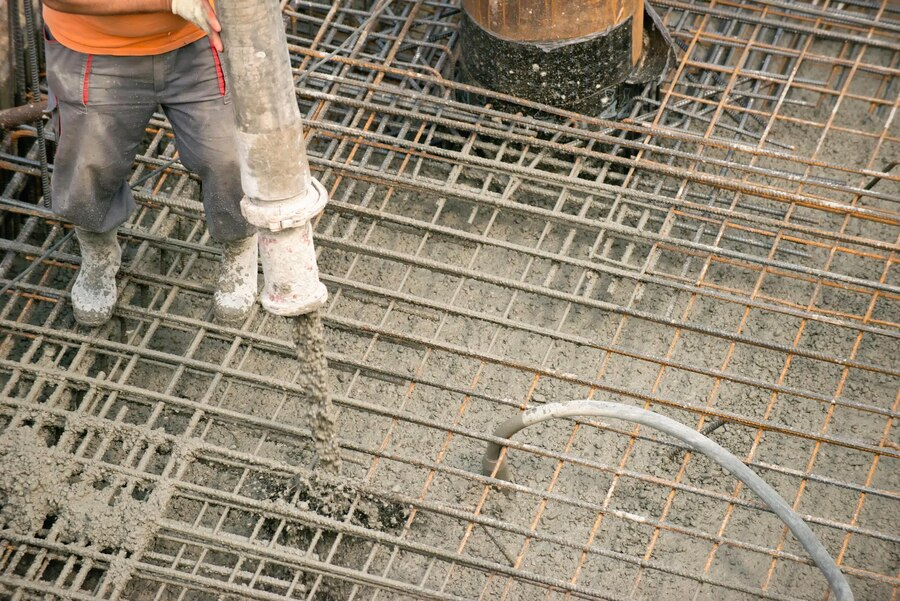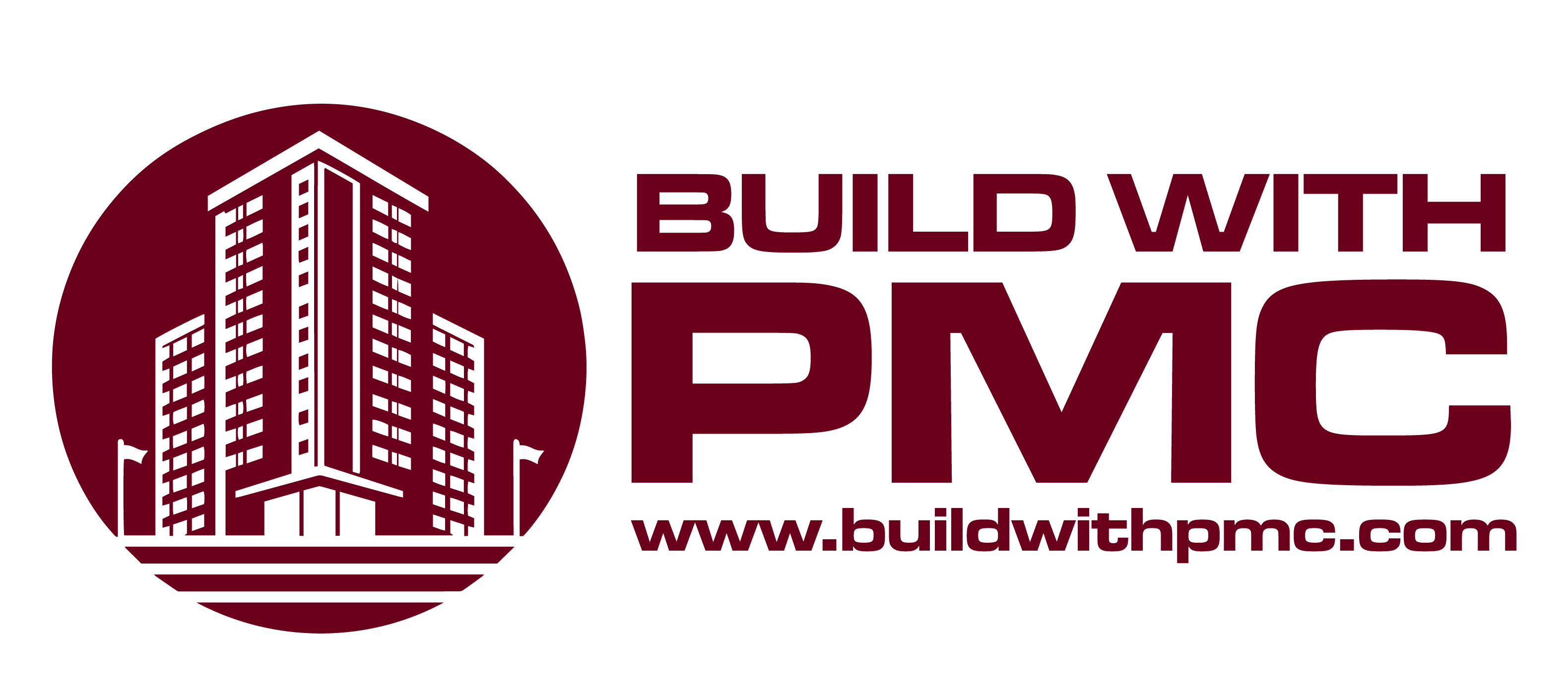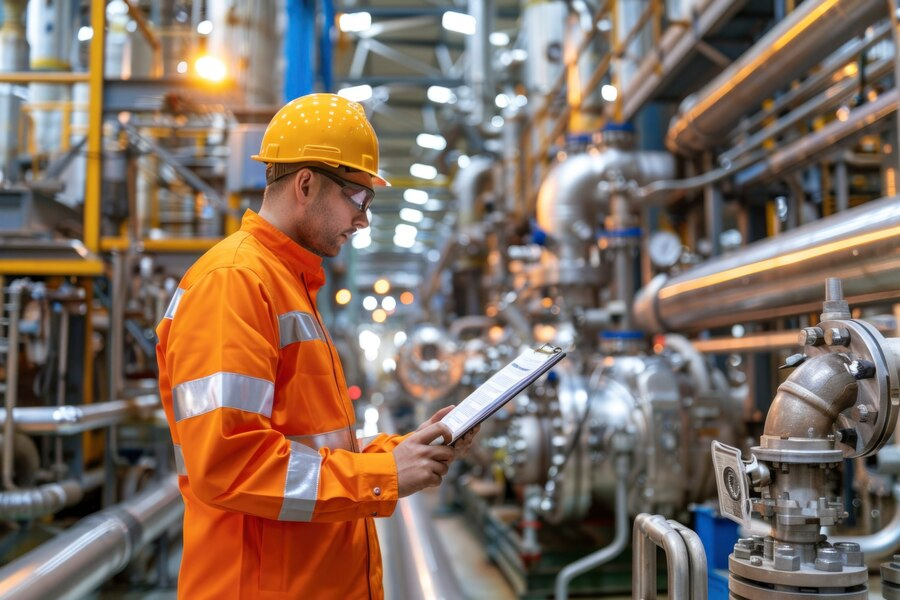Concrete, the cornerstone of modern construction, stands as a testament to human ingenuity and durability. From ancient Roman aqueducts to towering skyscrapers of today, its versatility and strength have continuously evolved. Yet, as the world grapples with environmental challenges, the focus on sustainability has become paramount. Enter the era of reinforced concrete—where strength meets sustainability in perfect harmony.
The Strength of Reinforced Concrete
Reinforced concrete combines the compressive strength of traditional concrete with the tensile strength of steel reinforcement. This synergy allows structures to withstand immense loads and forces, making it indispensable in infrastructure worldwide. Bridges, dams, high-rise buildings, and even residential homes owe their resilience to reinforced concrete.
The key lies in the meticulous combination of materials: concrete, with its ability to resist compression, and steel, which offers flexibility and resilience against tension. This pairing not only enhances structural integrity but also extends the lifespan of buildings and reduces maintenance costs over time.
The synergy between concrete and steel reinforcement creates a material that can bear tremendous structural loads without succumbing to deformation or failure. This capability makes reinforced concrete indispensable in a wide array of applications, from foundational elements like footings and columns to expansive structures such as bridges, dams, and high-rise buildings.
Advancing Sustainability Through Innovation
While concrete is abundant and durable, its production traditionally has significant environmental implications. The cement industry alone contributes to a substantial portion of global carbon dioxide emissions—a critical factor in climate change. However, advancements in technology and material science are paving the way for more sustainable practices.
Researchers and engineers are exploring alternatives such as low-carbon cement formulations, incorporating industrial by-products like fly ash and slag, and experimenting with carbon capture technologies. These innovations aim to reduce the carbon footprint of concrete without compromising its performance.
Furthermore, the durability of reinforced concrete plays a crucial role in sustainability. Structures built to last require fewer resources for maintenance and renovation, thus conserving materials and energy in the long term. This resilience ensures that reinforced concrete remains a sustainable choice for future generations.

Applications Across the Globe
The versatility of reinforced concrete extends beyond traditional structures. Innovations in construction techniques allow for faster and more efficient building processes, meeting the demands of growing urban populations. In earthquake-prone regions, reinforced concrete provides essential safety measures, offering reliable protection against seismic activity.
Moreover, its aesthetic flexibility allows architects and designers to push boundaries in creativity. From sleek urban landscapes to timeless cultural monuments, reinforced concrete continues to shape the architectural identity of cities worldwide.
In urban settings, reinforced concrete plays a pivotal role in shaping skylines and cityscapes. The material’s strength and durability make it ideal for constructing high-rise buildings that soar above bustling metropolises. These structures not only accommodate dense populations but also provide efficient use of limited urban space, contributing to sustainable urban development.
Looking Ahead: The Future of Concrete
As global sustainability goals intensify, the concrete industry faces both challenges and opportunities. Continued research into eco-friendly materials, coupled with advancements in construction techniques, promises a future where concrete not only endures but also thrives in a changing world.
The integration of digital technologies, such as Building Information Modeling (BIM) and robotic construction, further enhances efficiency and reduces waste. These innovations streamline processes, minimize environmental impact, and uphold the principles of sustainable development.
One of the primary focuses moving forward is reducing the carbon footprint of concrete production. Traditional cement production is a significant contributor to global carbon dioxide emissions. Researchers and engineers are actively exploring alternative cementitious materials, such as geopolymers and calcium sulfoaluminate cements, which have lower carbon emissions compared to Portland cement. Additionally, incorporating supplementary cementitious materials like fly ash, slag, and silica fume further reduces the environmental impact by utilizing industrial by-products that would otherwise be disposed of.
Conclusion
In conclusion, reinforced concrete stands as a symbol of human achievement—melding strength with sustainability to build a resilient future. By harnessing the power of innovation and embracing responsible practices, the concrete industry paves the way for sustainable development across the globe. Contact us today at PMC Inc, located at 14563 Manzanita Dr, Fontana, CA 92335 Southern California. As we forge ahead, let us continue to reinforce our commitment to building a sustainable world—one concrete structure at a time.




